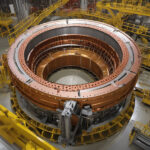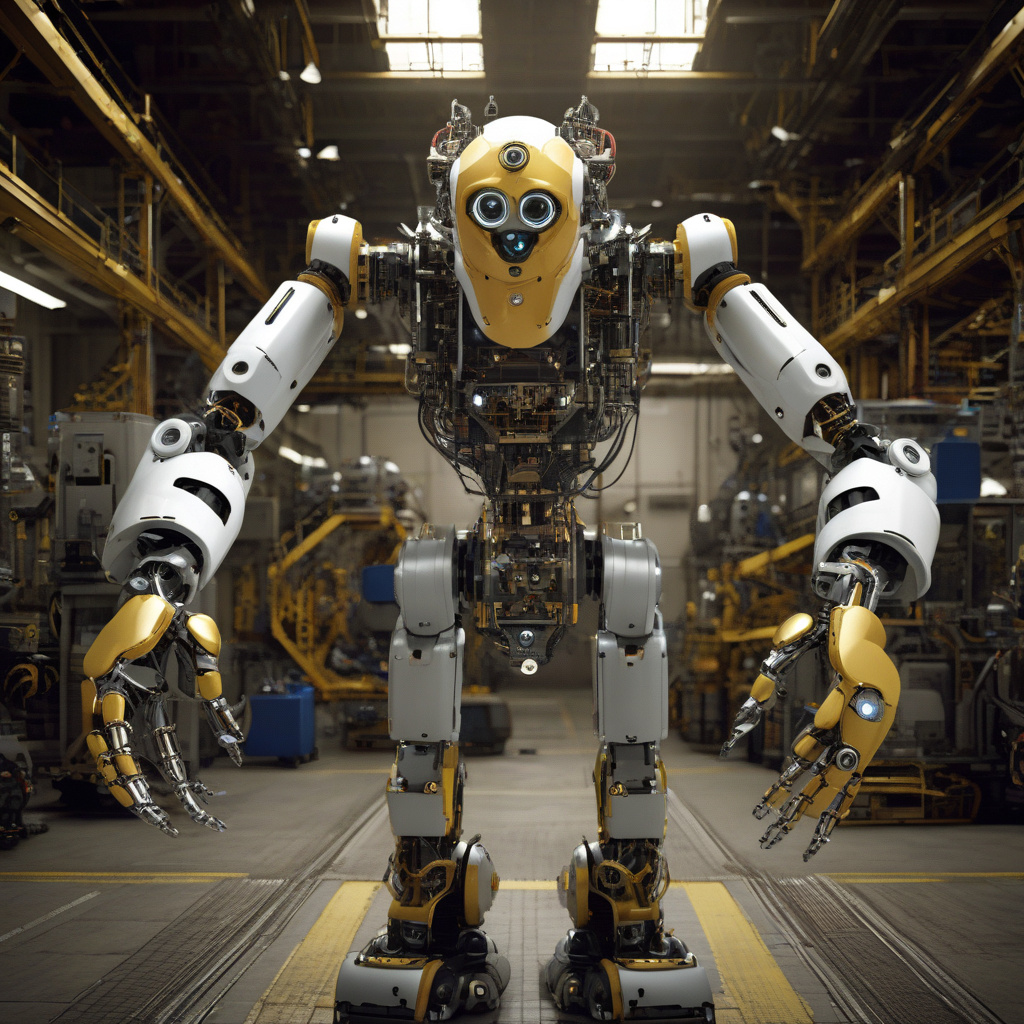Kepler’s K2 Humanoid Robot Advances Industrial Automation with Smart Dexterous Hands
Shanghai Kepler Robotics showcased its latest industrial-grade humanoid robot at the IEEE International Conference on Robotics and Automation, unveiling a groundbreaking innovation in the field of automation. The Kepler K2 robot is a marvel of engineering, equipped with smart dexterous hands that promise to revolutionize industrial processes and redefine the capabilities of automation technology.
The integration of smart dexterous hands into the Kepler K2 robot represents a significant leap forward in industrial automation. Unlike traditional robotic arms that are limited in their movements and applications, the K2’s hands are equipped with advanced sensors and actuators that allow for a wide range of precise and delicate motions. This level of dexterity enables the K2 to perform tasks that were previously thought to be beyond the capabilities of robots, such as handling fragile objects or completing intricate assembly processes with ease and efficiency.
One of the key features of the Kepler K2 robot is its ability to adapt to a variety of tasks and environments with minimal reprogramming. The robot’s hands are equipped with AI-powered algorithms that enable it to learn and optimize its movements based on the task at hand. This level of adaptability makes the K2 well-suited for dynamic industrial settings where tasks may vary or change frequently, allowing for increased productivity and efficiency in manufacturing processes.
In addition to its advanced dexterity, the Kepler K2 robot is also designed with safety and collaboration in mind. The robot is equipped with a suite of sensors and cameras that enable it to detect and avoid obstacles in its environment, ensuring safe interactions with human workers. This capability opens up new possibilities for human-robot collaboration in industrial settings, where the K2 can work alongside human operators to increase productivity and enhance overall operational efficiency.
The potential applications of the Kepler K2 robot are vast and varied, spanning across industries such as manufacturing, logistics, and healthcare. In manufacturing, the K2’s smart dexterous hands can be utilized for tasks such as assembly, pick-and-place operations, and quality control inspections. In logistics, the robot can streamline warehouse operations by autonomously sorting and packing items for shipment. In healthcare, the K2’s precise movements make it ideal for assisting surgeons in delicate procedures or handling sensitive medical equipment.
As technology continues to advance at a rapid pace, the Kepler K2 robot stands at the forefront of innovation in industrial automation. Its smart dexterous hands represent a major milestone in the development of robots that can perform complex tasks with human-like precision and efficiency. With its potential to enhance productivity, improve safety, and enable new possibilities for collaboration, the Kepler K2 is poised to reshape the future of automation and drive the next wave of industrial revolution.
In conclusion, the Kepler K2 humanoid robot’s smart dexterous hands have the potential to transform the landscape of industrial automation, offering new levels of precision, adaptability, and collaboration in a wide range of industries. As technology continues to evolve, innovations like the K2 are paving the way for a future where robots work seamlessly alongside humans to drive efficiency and productivity to new heights.
automation, robotics, industrial, technology, innovation












